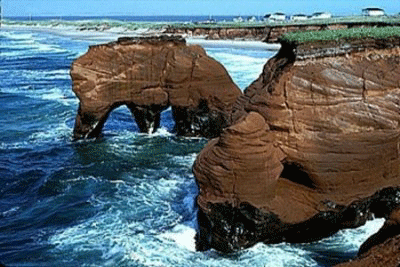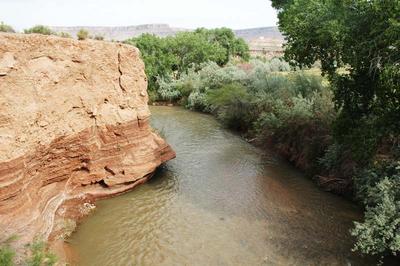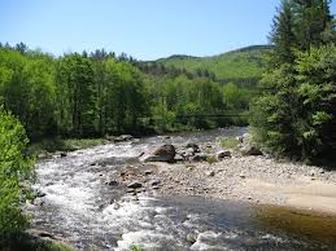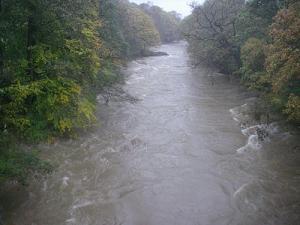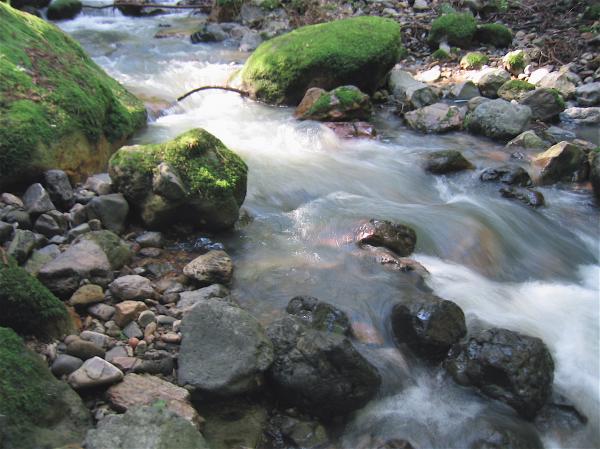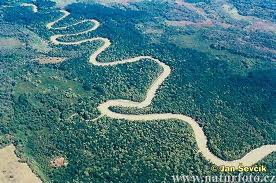How Water Erodes
|
Sediment includes soil, rock, clay, and sand. Sediment is eroded from the bottom and sides of a river. Other sediment enters a river by washing or falling into it. Abrasion also results as sediment in a river. Abrasion occurs when particles of sediment in a river grind against the sides and bottom of a stream. As the sediment grinds against the stream, it makes the stream wider and deeper. Fast moving water can pick up small pieces of sediment, while larger pieces fall to the bottom.
|
Erosion and Sediment Load
|
Load is the amount of sediment that a river carries. A rivers slope, volume of flow, and the shape of its stream bed all affect how fast a river flows. The amount of sediment is also based on the rivers speed and flow. Faster flowing waters carry more sediment downstream while slower flowing waters deposit sediment to the bottom.
|
Slope
Volume of Flow
Streambed Shape
|
Friction is the force that opposes the motion of one surface as it moves across another surface. In an area where the river is deep, less water touches the streambed. In an area where the river is shallow, more water touches the streambed. The streambed's shape and roughness will also affect the amount of friction. A streambed has lots of boulders and other obstacles. Due to the amount of obstacles, the river does not flow as smoothly. Turbulence is a movement that can be caused by the amount of obstacles. These obstacles can cause the river to flow in many different ways.
|
Factors Affecting Erosion and Deposition
|
A straight river deposits sediment along the sides of the river, where the water flows slower. Less sediment is deposited in the middle of the river because the water flows faster. In a curved river, the sediment settles on the inside curve, where the water runs slower. The water runs faster on the outside of the curve causing more erosion.
|
